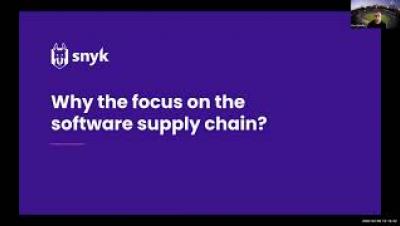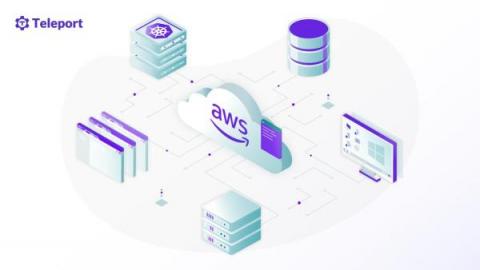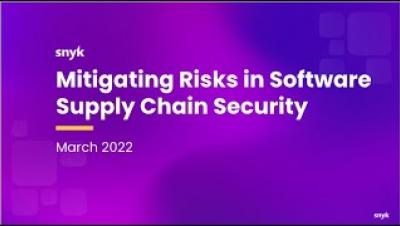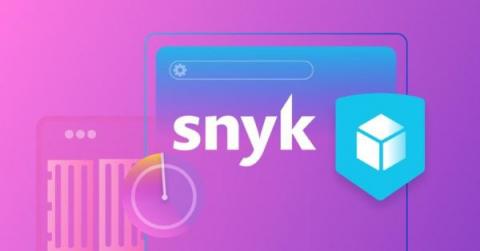Security | Threat Detection | Cyberattacks | DevSecOps | Compliance
DevOps
How to Mitigate the Risks of Software Supply Chain Security
This Week in VulnDB - 10th March 2022
How To Address SAST False Positives In Application Security Testing
Static Application Security Testing (SAST) is an effective and well-established application security testing technology. It allows developers to create high-quality and secure software that is resistant to the kinds of attacks that have grown more prevalent in recent years. However, the challenge with SAST is that it tends to produce a high number of false positives that waste the time of your engineering team. In this blog we take a look at SAST and the problem of false positives.
How to Set-up an Identity-Aware Access Proxy as a Bastion Host in AWS
More and more business-critical applications run on Amazon Web Services. Protecting these mission-critical applications from potential attacks requires moving beyond typical security approaches such as using only a jump box or firewall to control access. This multi-part tutorial will show how DevOps teams can secure their AWS services using a zero-trust, identity-based approach that not only increases security, but improves developer productivity.
Cross-Account and Cross-Cluster Restore of Kubernetes Applications
Infrastructure drift and drift detection explained
Expectations do not always line up with reality. If you’ve started using infrastructure as code (IaC) to manage your infrastructure, you’re already on your way to making your cloud provisioning processes more secure. But there’s a second piece to the infrastructure lifecycle — how do you know what resources are not yet managed by IaC in your cloud? And of the managed resources, do they remain the same in the cloud as when you defined them in code?
"Dirty Pipe" Linux vulnerability and your containerized applications (CVE-2022-0847)
Recently, CVE-2022-0847 was created detailing a flaw in the Linux kernel that can be exploited allowing any process to modify files regardless of their permission settings or ownership. The vulnerability has been named “Dirty Pipe” by the security community due to its similarity to “Dirty COW”, a privilege escalation vulnerability reported in CVE-2016-5195, and because the flaw exists in the kernel pipeline implementation.
Mitigating Risks in Software Supply Chain
Simplifying container security with Snyk's security expertise
The most beautiful and inspiring aspect about open source code is, well, that it’s open source. We can look at open source packages like gifts that are exchanged between developers across the engineering world, allowing them to learn from the work other people do, contribute their own expertise, and grow their professional capabilities. Contributing to open source is much appreciated, and it is important to remember not only to benefit from these projects, but also to contribute back.











